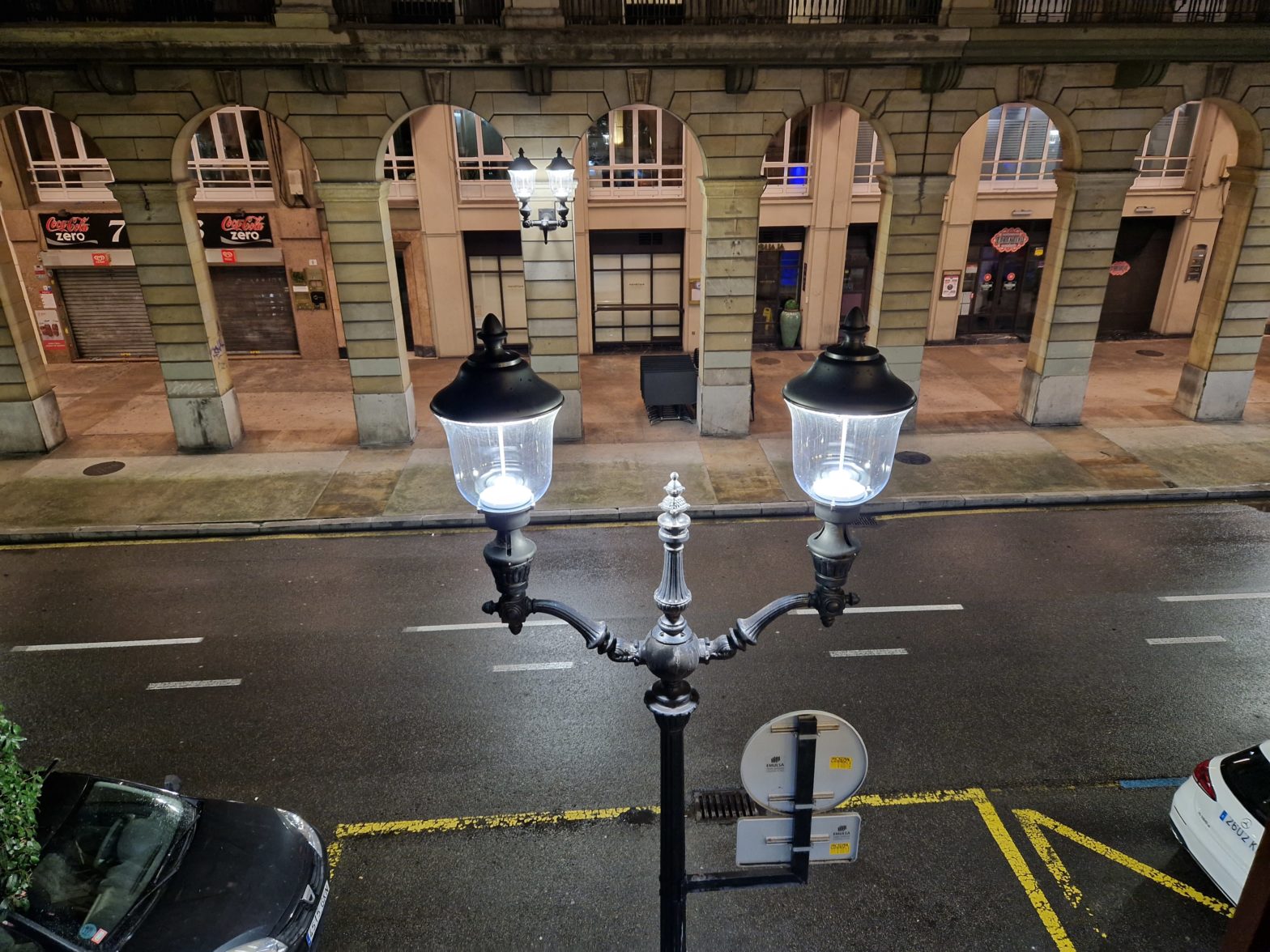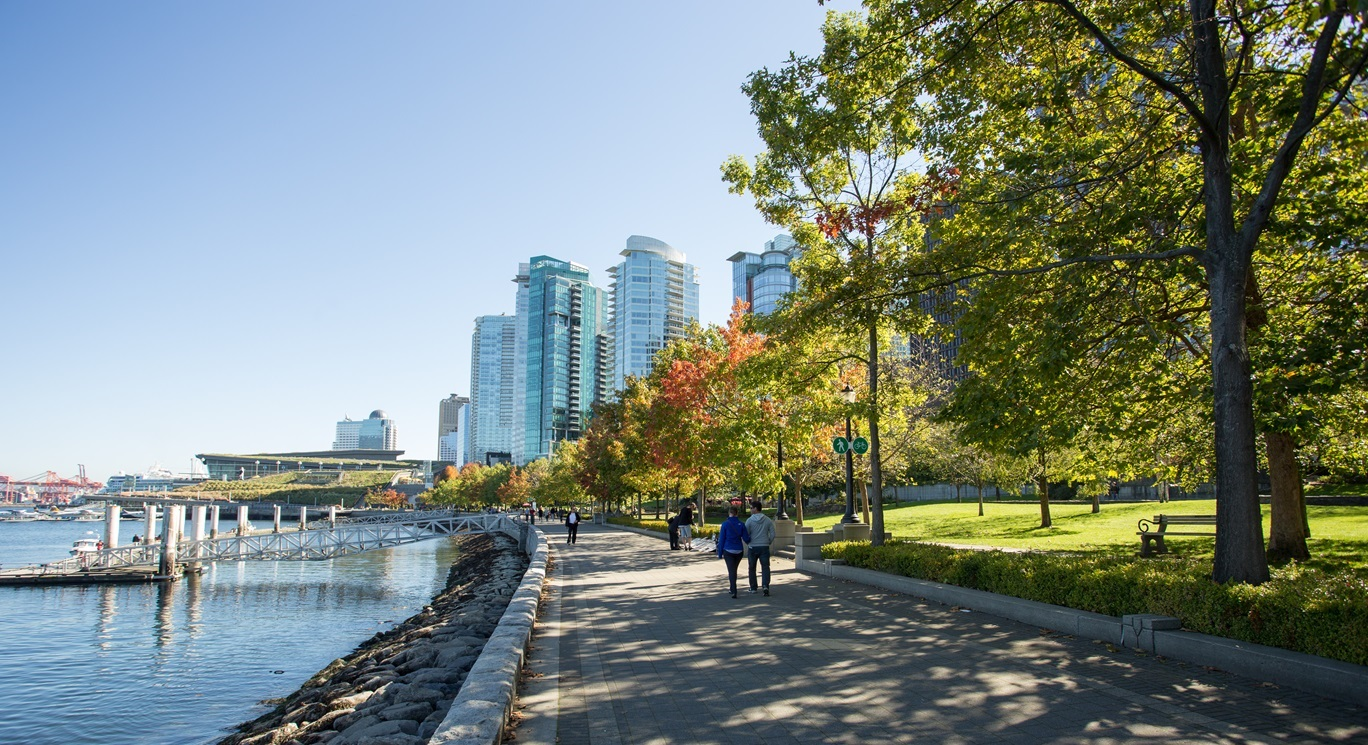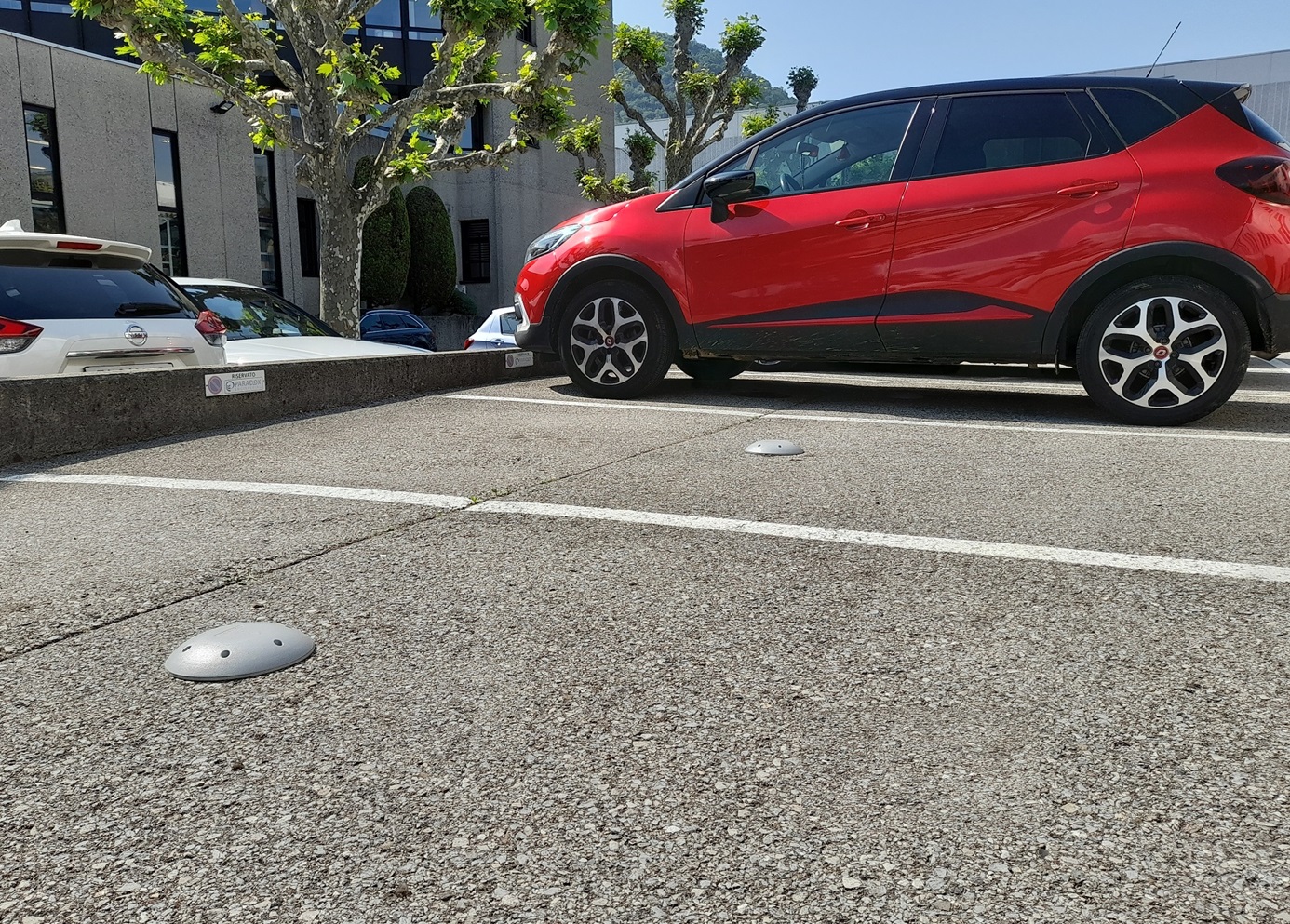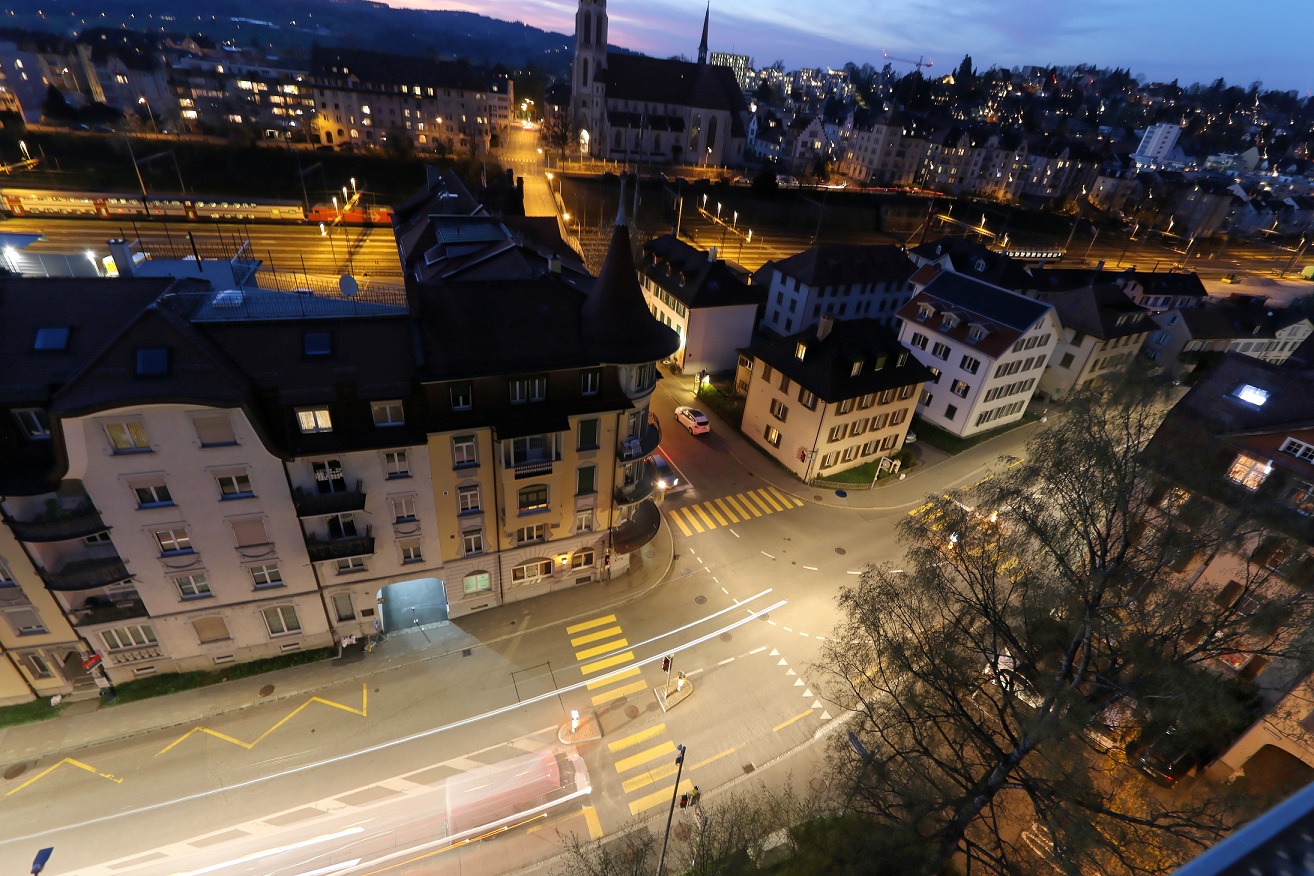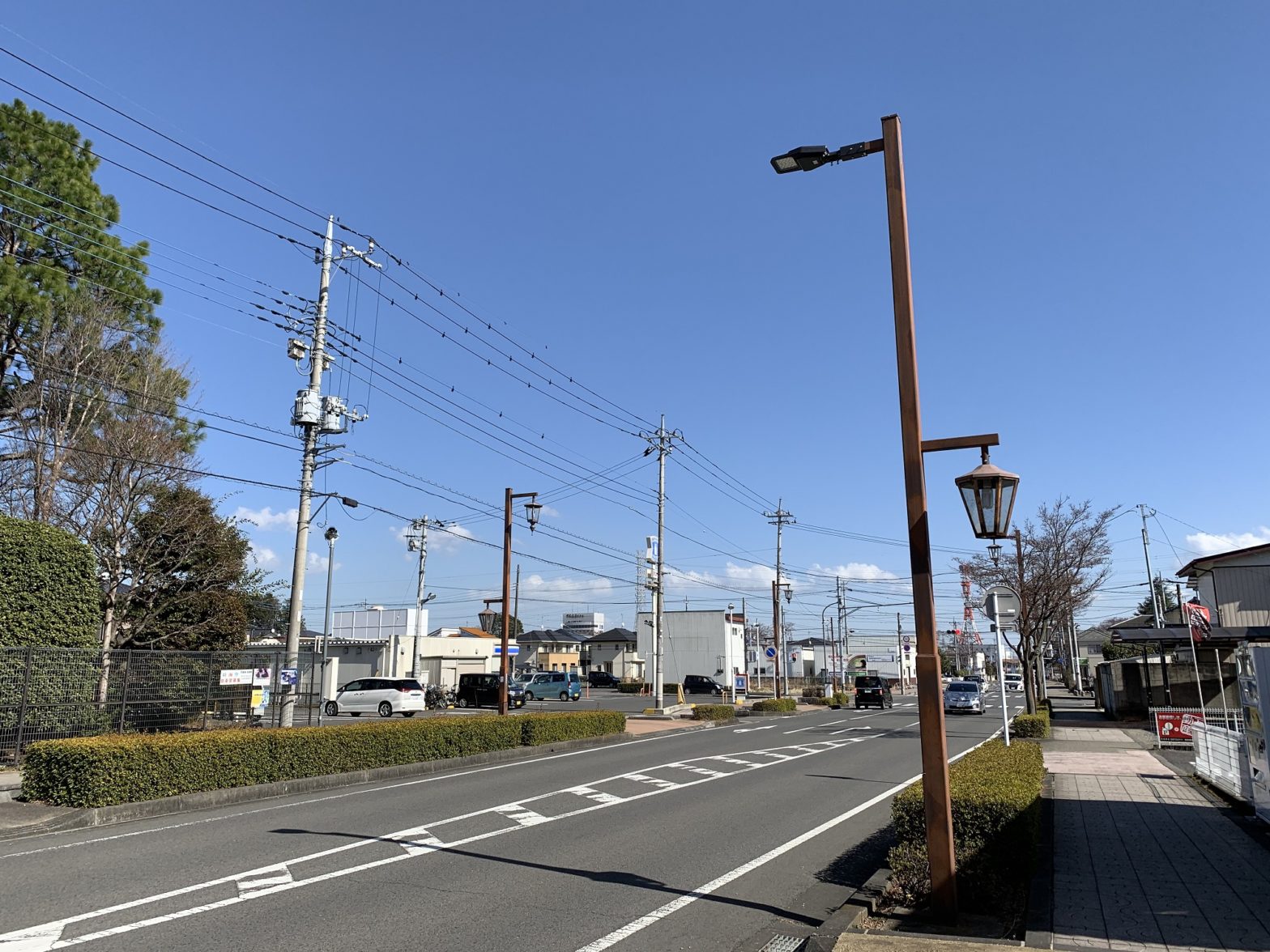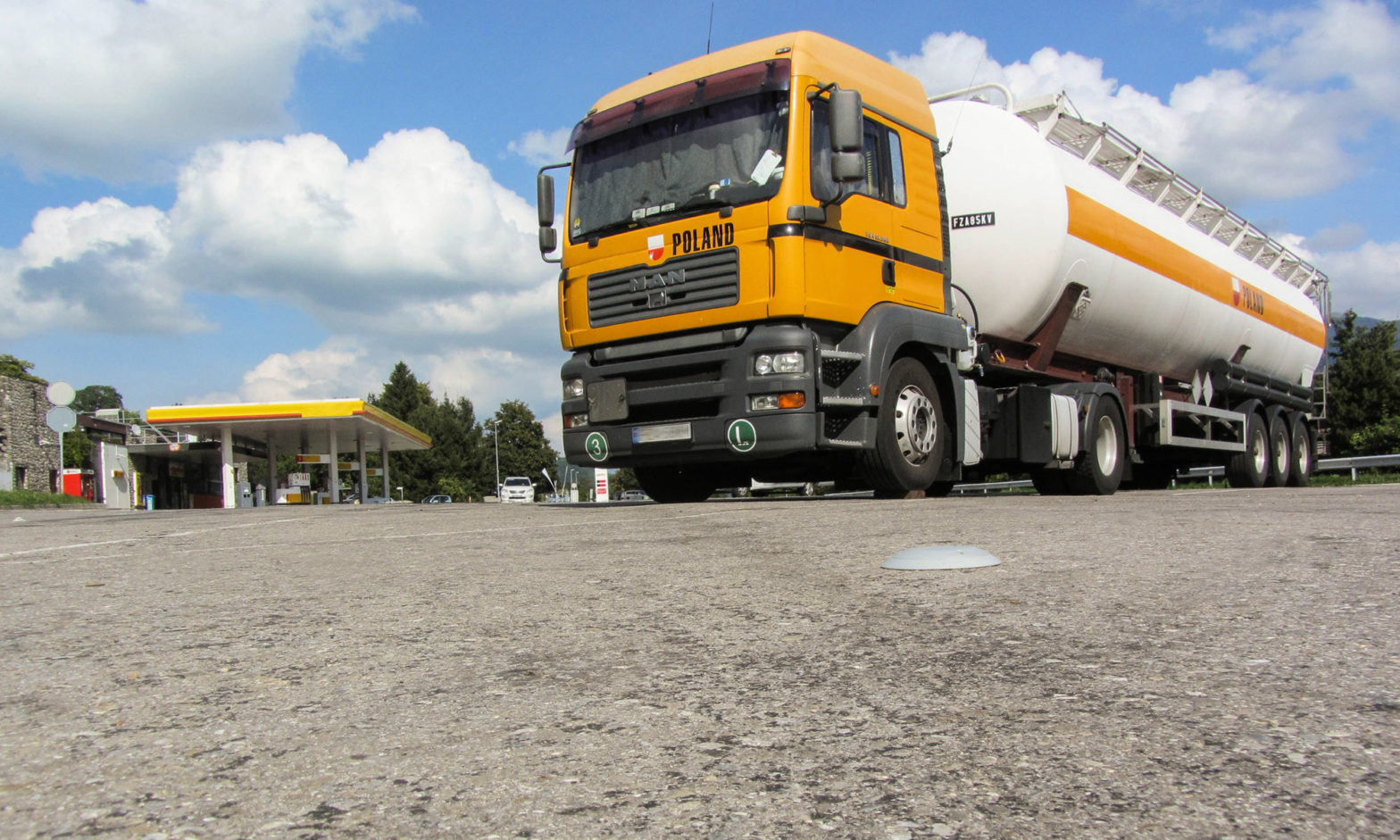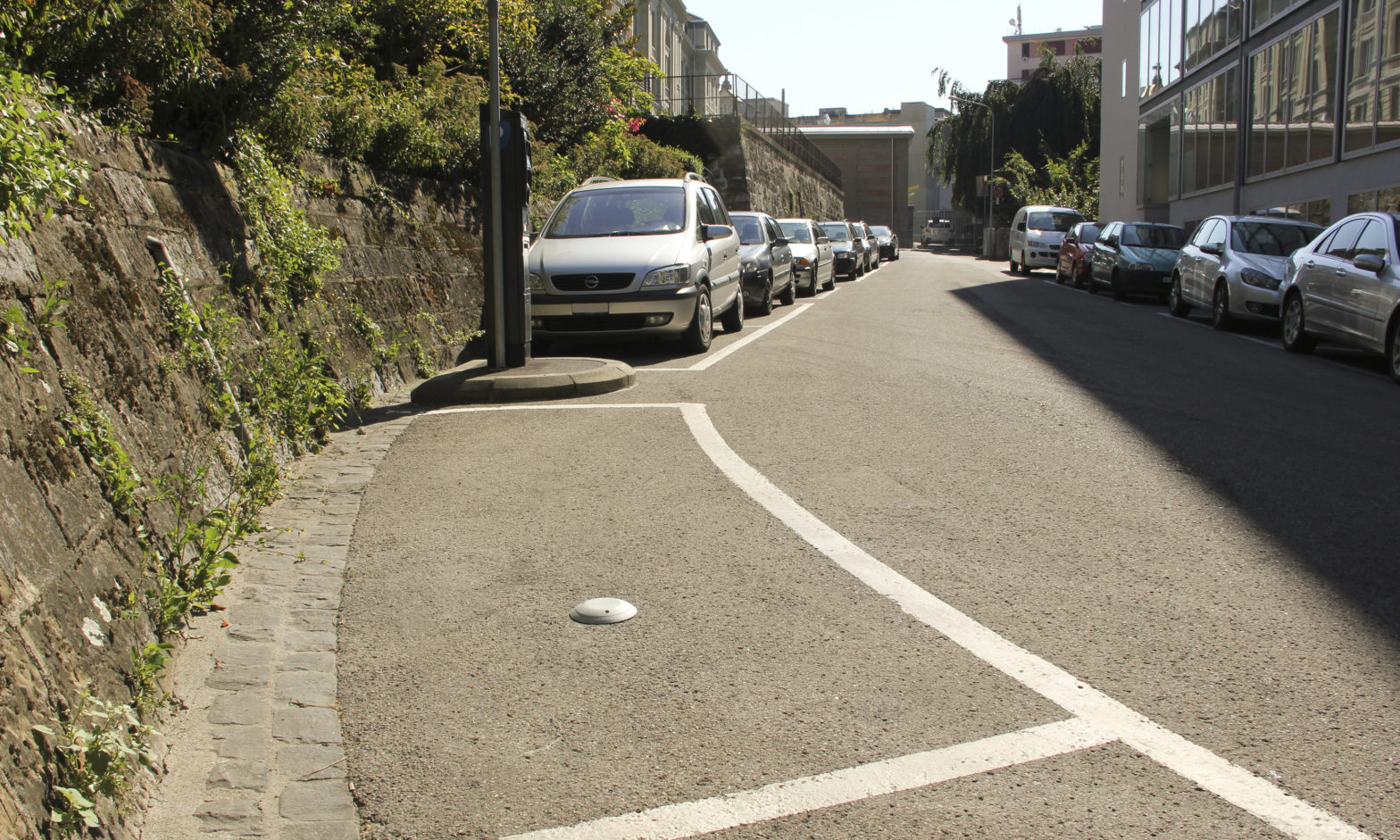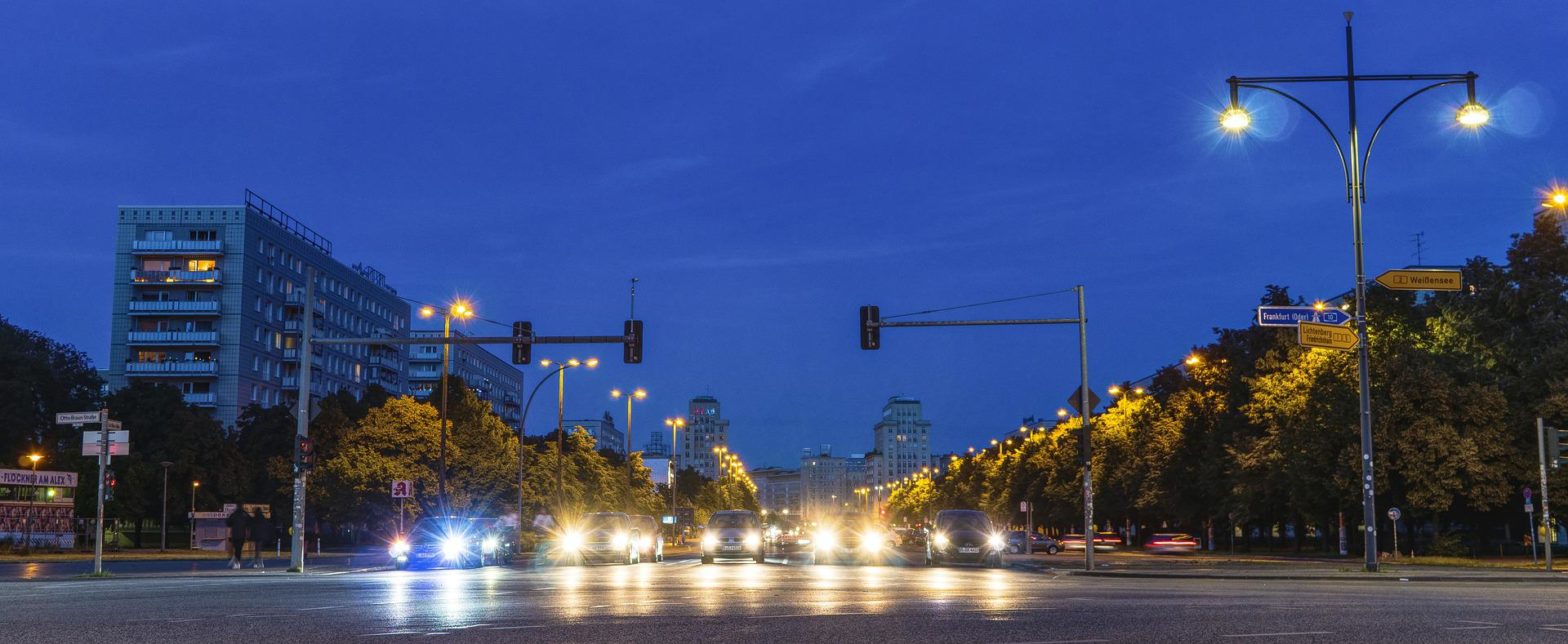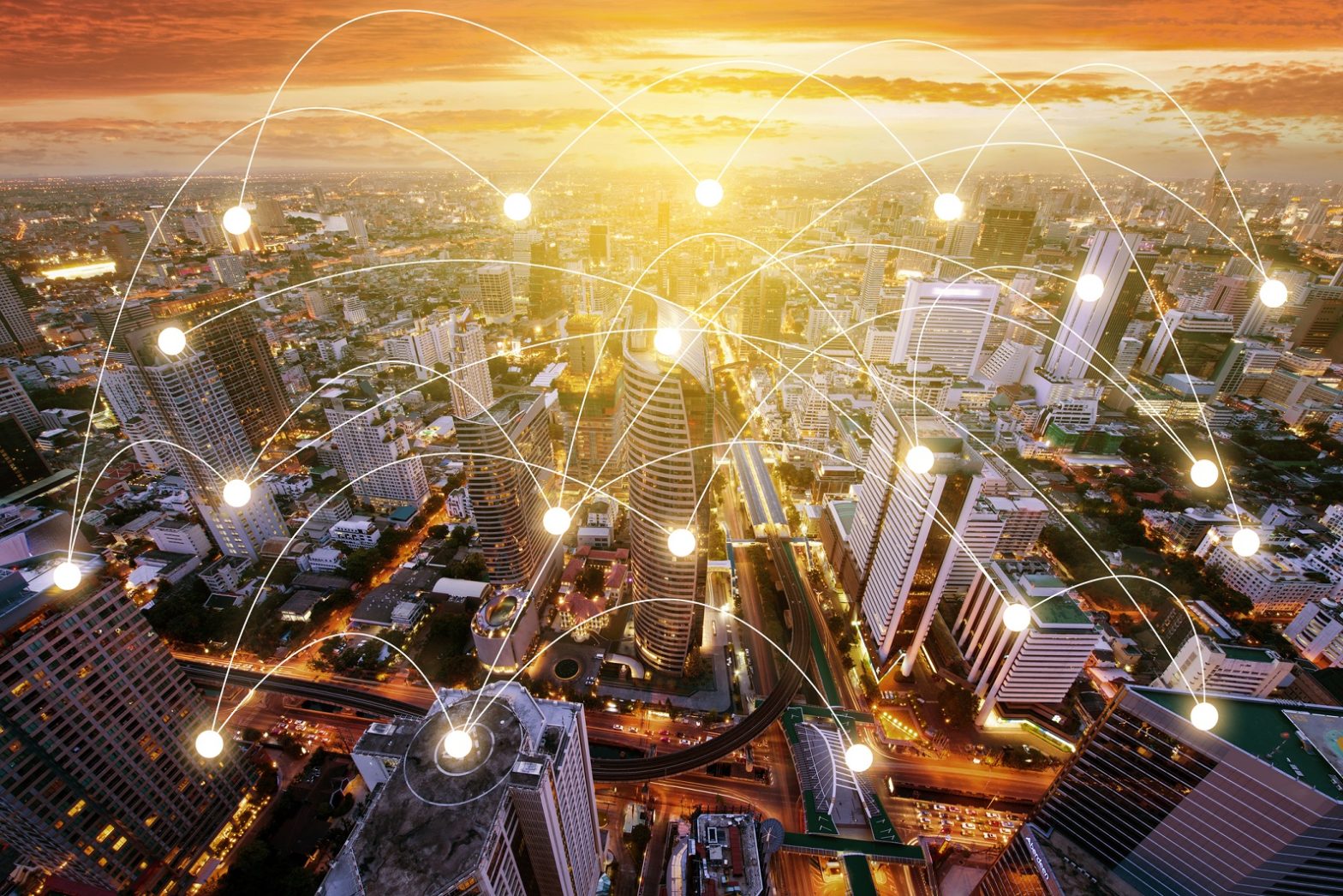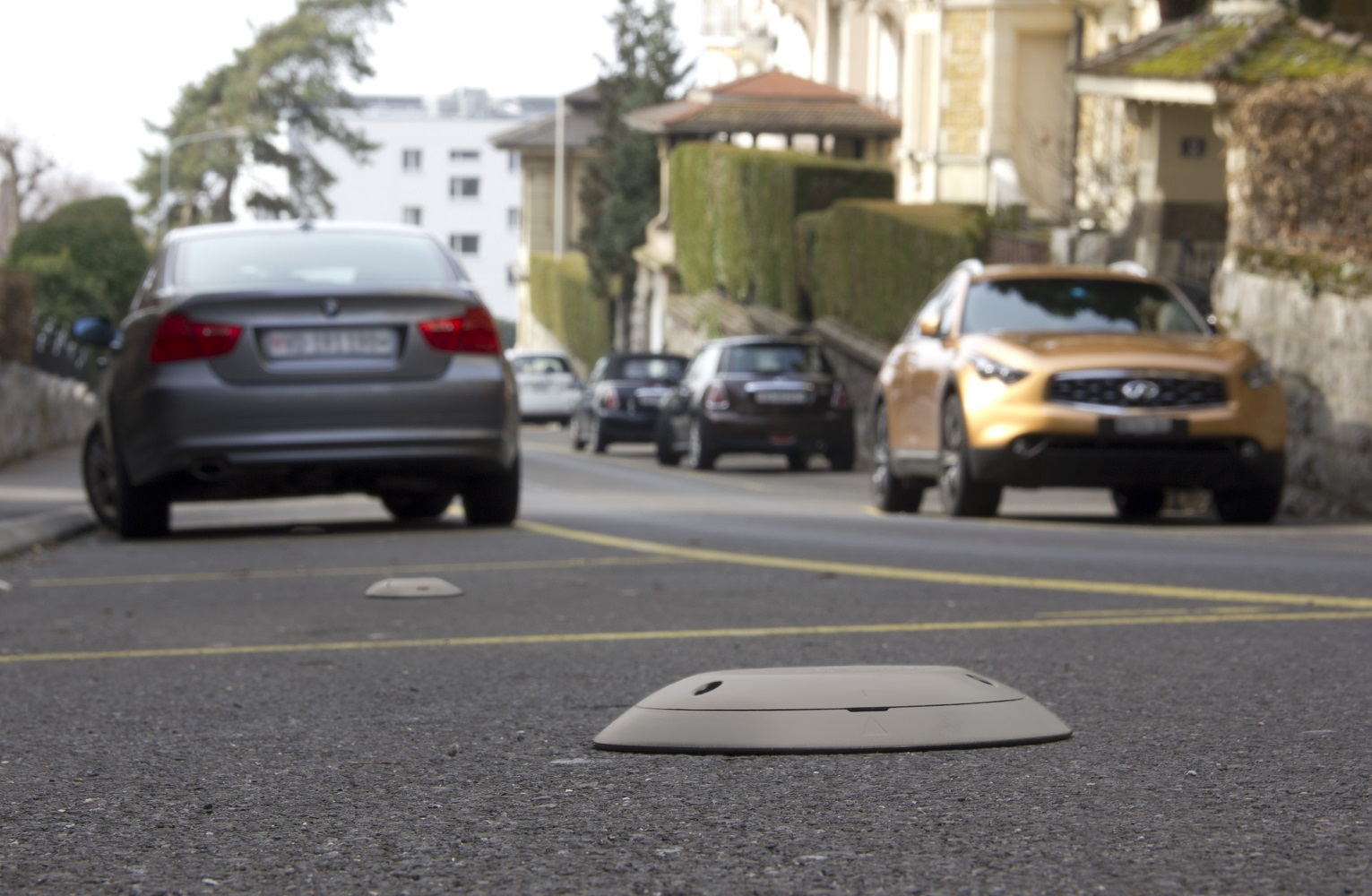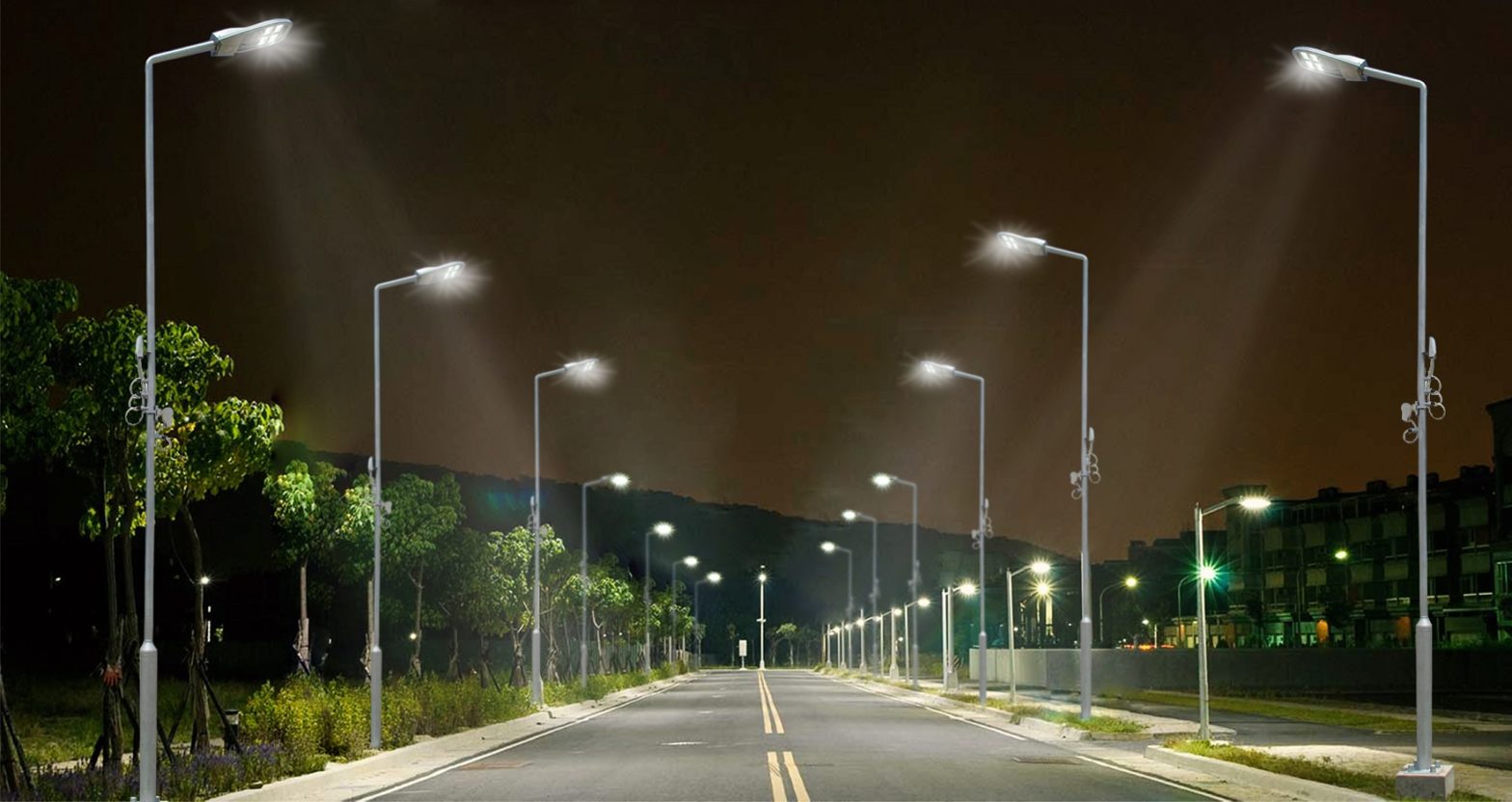
Photo: MinebeaMitsumi
Power grid stability: How cities can help
13 March 2023
Power networks are essential infrastructure, but they are becoming increasingly vulnerable to large-scale outages mainly caused by ageing systems and extreme weather events. Most of the electrical grids currently in use weren’t built to manage either today’s power demand or climate, when ice storms, heat waves, floods, hurricanes and wildfires are growing in frequency and severity due to global warming.
The scientific organisation Climate Central analysed major power outages in the U.S. and found that about 83 percent of reported issues between 2000 and 2021 were due to weather-related events. The average annual number of weather-related power outages increased by roughly 78 percent between 2011 and 2021, compared to the period from 2000 to 2010. Texas, Michigan, California, North Carolina and Pennsylvania were the hardest hit states.
Extreme weather events impact electricity system performance, resilience and capacity to meet demand, compromising power supply. The average American experiences at least eight hours of power outages per year and, beyond inconvenience, the U.S. Department of Energy estimates that blackouts cost the U.S. economy $150 billion annually.
Building climate-resilient power infrastructure requires significant investments to modernise the electric grid, effectively integrate renewable sources, and implement innovative systems for energy storage and distribution. Customers can play a role by responsibly using power during peak times, thus supporting the load management efforts of power companies and utilities. But cities are also part of the game.
Smart streetlights contribute to resilient power grids
“Cities are responsible for up to 80 percent of the world’s energy consumption. The non-profit organisation The Climate Group calculated that about 40 percent of the energy cities use is needed for street and public area lighting,” says Julia Arneri Borghese, deputy CEO of technology company Paradox Engineering, part of MinebeaMitsumi Group. “As street illumination is such an energy-intensive application, smart lighting solutions stand out as a simple but effective way for cities to contribute to energy saving, the stability of power grids and the prevention of outages.”
Solutions such as Paradox Engineering’s Smart Urban Network allow cities to connect LED streetlights and control them remotely, defining customised lighting patterns for lamps to be turned on and off and dimmed according to programmed schedules, ambient light levels, and human or vehicle presence. Variations may be performed in real time. For instance, brightness can be lowered if a hurricane or other extreme weather event requires the immediate reduction of power consumption to stabilise or relieve the grid.
Successful cases in Japan and Cambodia
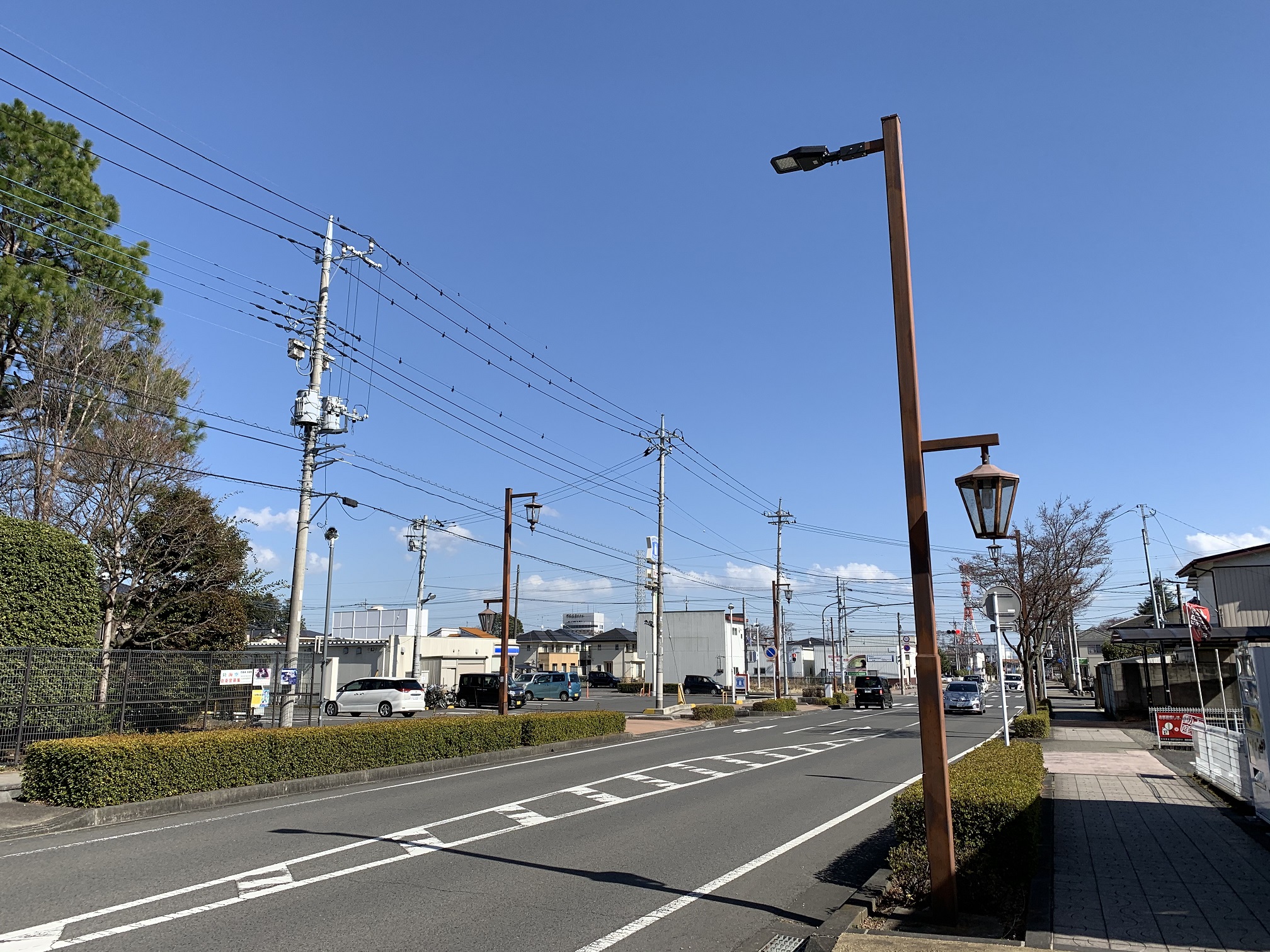
In Nasushiobara, a Japanese city in Tochigi Prefecture, an important step towards energy efficiency was taken by installing around 400 LED MinebeaMitsumi Smart Streetlights equipped with wireless dimming control technology. Electricity consumption was greatly reduced, together with CO2 emissions. In March 2022, when the Japanese government requested some prefectures to lower the amount of electricity consumed due to a 7.4-magnitude earthquake that caused the temporary shutdown of some power plants, the city of Nasushiobara could quickly implement the request by simply dimming the streetlights.
The municipality also installed pyranometers and environmental sensors to monitor sun irradiation levels and weather conditions.
“Environmental data is leveraged to alert the local community in case of potential heatstroke, but also to adjust photovoltaic output forecasts and manage fluctuations in the energy supply from solar panels”, adds Arneri Borghese. “That’s a good example of how cities can use smart technologies to improve energy efficiency and grid stability, boosting climate action.”
 Good results were also achieved in the Kingdom of Cambodia, where more than 12,000 streetlights were replaced with LED luminaires and connected to a wireless network to enable remote management. MinebeaMitsumi and Paradox Engineering technologies enabled a relevant reduction in the overall energy consumption in different locations including Phnom Penh City and Siem Reap City. About 55 percent of the saving is due to the transition to LED technologies, while an additional 15 percent is attributable to the dynamic lighting schedule. Moreover, voltage variations are continuously monitored and reported, so the electricity supplier can operate the grid according to visualised peaks and drops to further optimise energy consumption and minimise the risk of blackouts.
Good results were also achieved in the Kingdom of Cambodia, where more than 12,000 streetlights were replaced with LED luminaires and connected to a wireless network to enable remote management. MinebeaMitsumi and Paradox Engineering technologies enabled a relevant reduction in the overall energy consumption in different locations including Phnom Penh City and Siem Reap City. About 55 percent of the saving is due to the transition to LED technologies, while an additional 15 percent is attributable to the dynamic lighting schedule. Moreover, voltage variations are continuously monitored and reported, so the electricity supplier can operate the grid according to visualised peaks and drops to further optimise energy consumption and minimise the risk of blackouts.
About Paradox Engineering
Established in 2005 and headquartered in Switzerland, Paradox Engineering is the Internet of Things (IoT) Excellence Centre of MinebeaMitsumi Group. The company pioneers technologies to implement highly scalable IoT network solutions, from edge devices to management platforms, to control critical public services such as streetlighting, parking management, municipal waste collection, environmental monitoring, video surveillance, emergency response & critical asset monitoring. Thanks to intelligent technology solutions, Paradox Engineering strives to unleash opportunities for people and communities, helping the transition towards more liveable, sustainable, and smarter cities.
For further information, please visit https://www.pdxeng.ch and https://nmbtc.com



